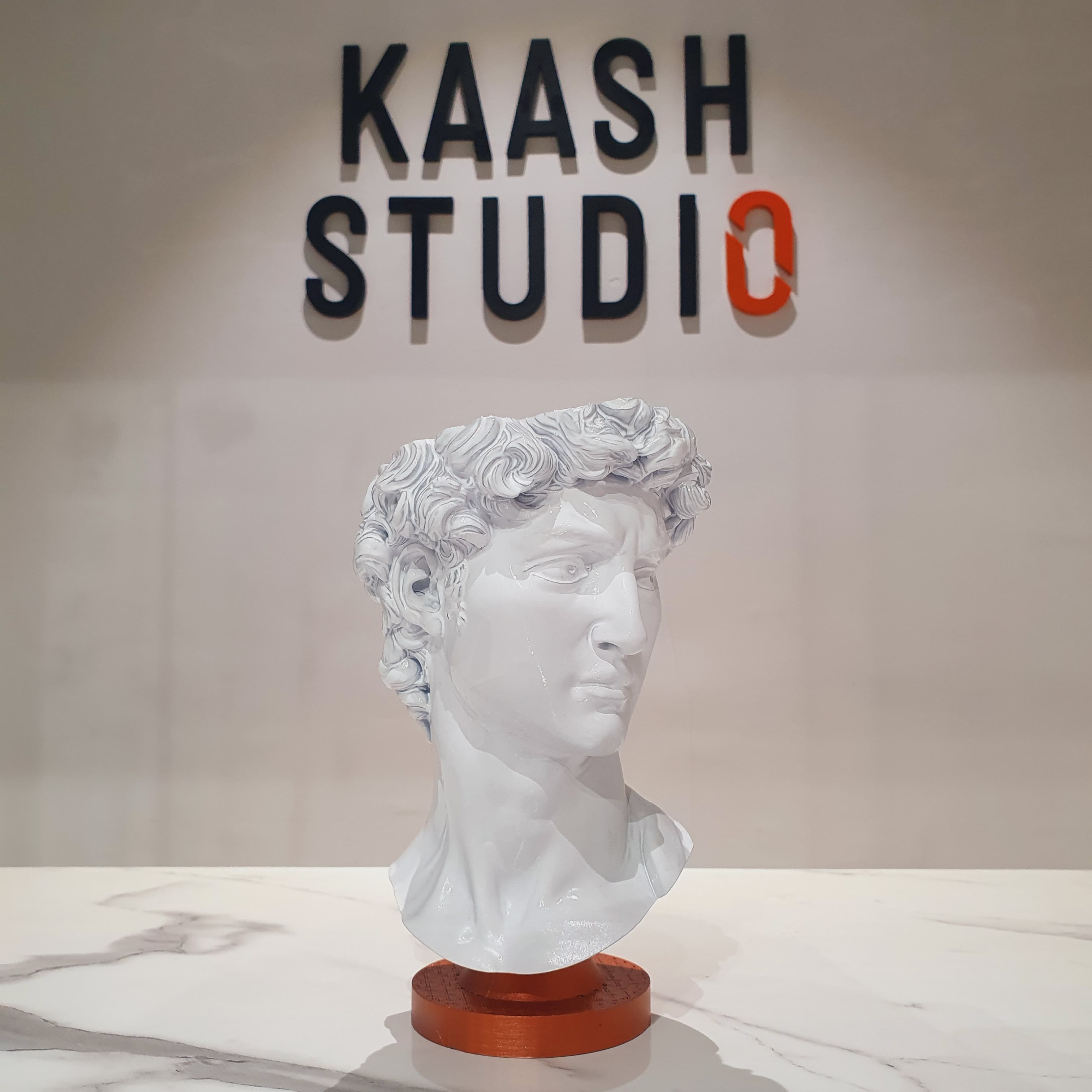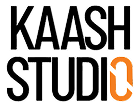Consumer Product
3D printing empowers consumers to personalise products, from phone cases to home decor, fostering creativity and individual expression. It facilitates rapid prototyping, hastening innovation. Additive Manufacturing reduces material waste, contributing to sustainability. In consumer product design, integrating 3D printing enables at-home repairs by providing digital files for modular components. This promotes sustainability, user empowerment, and resilience, offering a more user-centric product experience while minimising downtime.
3D Printing Revolutionizing Consumer Goods Industry
This context discusses various ways that 3D printing is being used in the consumer goods industry. Some examples given include MINI offering 3D printed custom accessories for their cars, Chanel creating the first 3D printed mascara brush, Carbon partnering with Riddell to 3D print custom helmet liners, Dr. Scholl's creating custom 3D printed insoles, and SmileDirectClub 3D printing dental aligners. The article argues that 3D printing allows for increased customization, personalization, and affordable production of low volumes of complex designs for consumers.
For more details refer to this : Article.

The Impact of 3D Printing on Tailored Consumer Goods Across Industries
This article discusses how 3D printing allows for more customized consumer goods. It provides examples of eyeglasses, shoes, watches, vehicles and other products being customized through 3D scanning and printing technologies to better fit individual users. Industries highlighted include fashion, sports equipment, home goods, healthcare and automotive. Benefits mentioned are improved comfort, performance and sustainability through reduced waste.
Read more here at : Consumer Goods

Protolabs' Multi Jet Fusion 3D Printing Saves Nordson Corporation 10 Weeks
Nordson Corporation was redesigning a heated adhesive dispenser used in the consumer electronics industry. Their engineering team was facing challenges with design freedom, needing durable materials for a prototype, and a tight deadline. They turned to Protolabs for help with multi jet fusion 3D printing which could handle complex designs, offer different materials like glass filled nylon, and deliver prototypes quickly. This helped Nordson meet their deadline and save 10 weeks of development time. The dispenser is now on the market.
Source: Protolabs.

GALLERY



